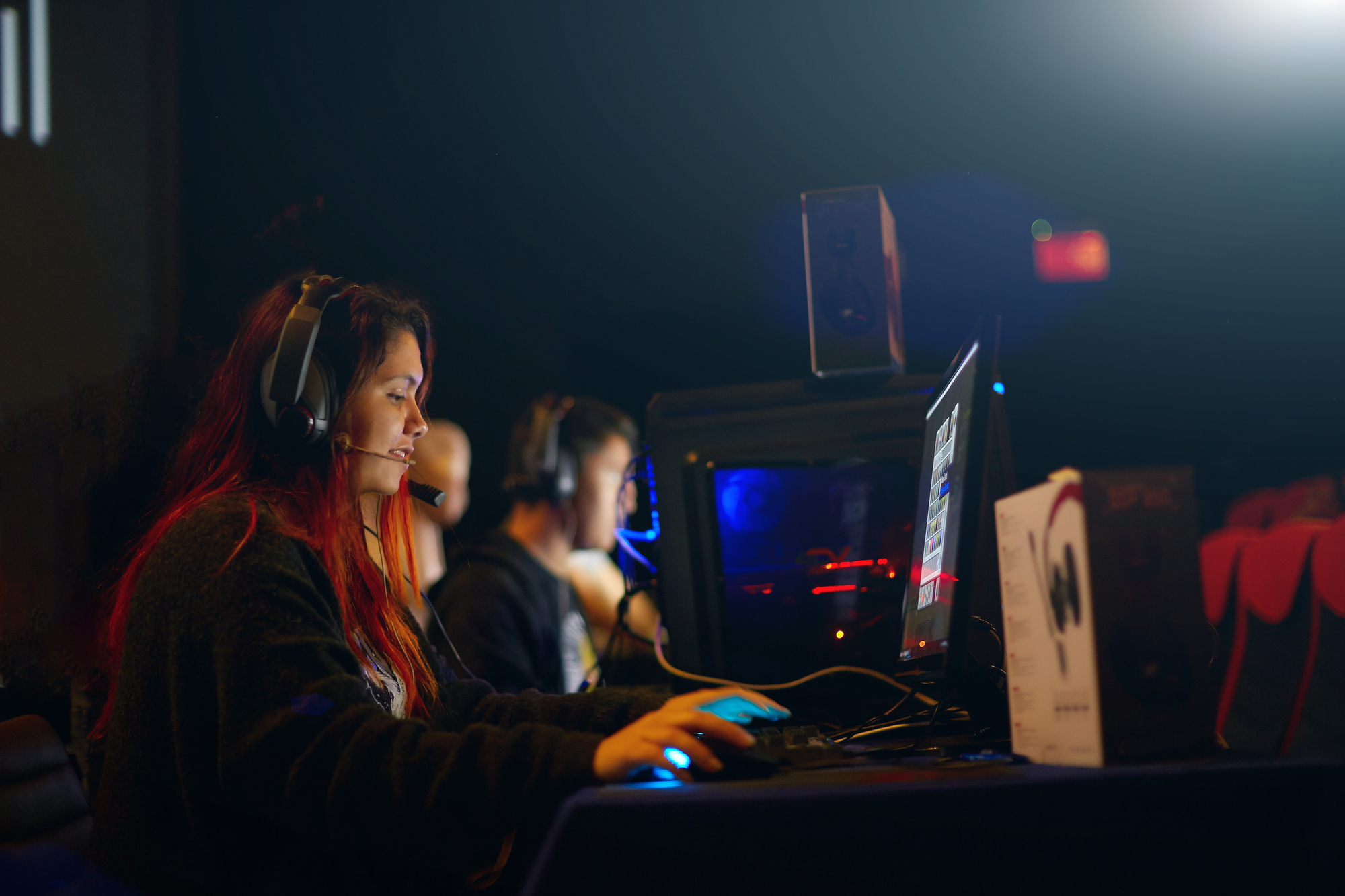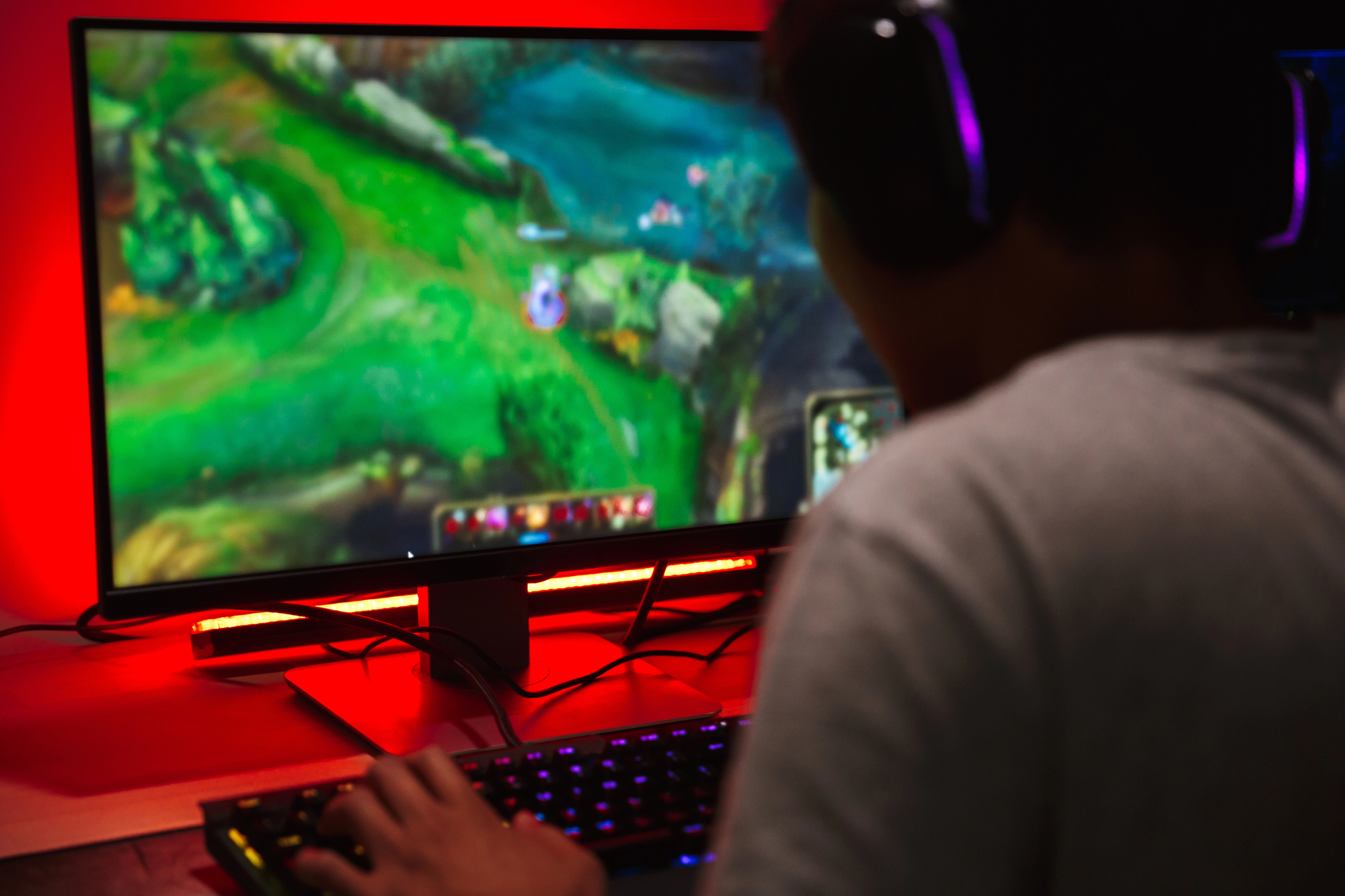

Smart devices have transformed the way we interact with technology, and gaming has played a significant role in shaping their development. From smartphones to wearables, the influence of gaming technology is evident in many aspects of modern smart devices. The gaming industry’s push for immersive experiences, high-performance hardware, and intuitive interfaces has driven innovation in smart device design and functionality.
These advancements have not been limited to gaming-specific devices. Many features originally developed for gaming purposes have found their way into everyday smart devices, enhancing user experiences across various applications. For example, motion-sensing technology initially popularised in gaming consoles is now commonly used in smartphones and other smart devices for gesture control and augmented reality applications.
The convergence of gaming and smart device technology has also led to new forms of entertainment. IoT in gaming has enabled experiences that blend virtual and physical worlds, creating more engaging and interactive gameplay. This fusion of gaming and smart technology continues to push the boundaries of innovation, promising exciting developments in both fields.
Evolution of Gaming in the Tech Industry
Gaming has dramatically transformed the tech landscape, pushing hardware capabilities and software innovation to new heights. This evolution has reshaped entertainment and influenced broader technological advancements.
From Arcades to AI: A Historical Perspective
The gaming industry’s journey began with arcade machines in the 1970s, featuring simple graphics and gameplay. As technology progressed, home consoles like the Atari 2600 brought gaming into living rooms. The 1980s and 1990s saw rapid advancements in graphics and storytelling, with Nintendo and Sega leading the charge.
The 2000s ushered in online multiplayer gaming, changing how people interact in virtual spaces. Artificial intelligence and machine learning now play crucial roles in creating more realistic non-player characters and dynamic game worlds. These technologies enable games to adapt to player behaviour, offering personalised experiences.
The Rise of Mobile Gaming and Accessibility
Smartphones transformed the gaming landscape, making games accessible to billions. Mobile gaming’s popularity exploded with simple yet addictive titles like Angry Birds and Candy Crush Saga. The industry quickly evolved, offering more complex games with high-quality graphics.
Mobile gaming’s success lies in its convenience and broad appeal. Games are now available anytime, anywhere, attracting diverse demographics. This shift has led to new business models, such as free-to-play games with in-app purchases, revolutionising game monetisation.
Gaming Consoles and Home Entertainment
Gaming consoles have been at the forefront of home entertainment innovation. From the Nintendo Entertainment System to the latest PlayStation and Xbox iterations, consoles have consistently pushed technological boundaries.
Modern consoles offer stunning graphics, immersive virtual reality experiences, and seamless online play. They’ve evolved into multimedia hubs, streaming content and connecting users globally. Cloud gaming services like Google Stadia aim to eliminate hardware limitations, allowing high-quality gaming on various devices.
The integration of voice commands, motion controls, and AI assistants has further enhanced the gaming experience, blurring the lines between gaming and other forms of interactive entertainment.
Synergy Between IoT and Gaming
The integration of IoT and gaming has created new possibilities for interactive and immersive experiences. This convergence enhances gameplay, connects smart devices, and provides valuable insights for both players and developers.
Smart Home Integration and IoT Devices
IoT technology has bridged the gap between gaming and smart home ecosystems. Interconnected devices now communicate seamlessly, allowing players to control their gaming environment with voice commands or smartphone apps. Smart lighting systems adjust automatically to match on-screen action, intensifying the atmosphere.
Wearable gaming accessories like fitness trackers sync with games to incorporate real-world movement into virtual challenges. This integration encourages physical activity while gaming, blending entertainment with health benefits.
IoT-enabled gaming peripherals offer enhanced customisation options. Controllers can adapt their button layouts or vibration patterns based on individual player preferences or specific game requirements.
Augmented Reality and Immersive Experiences
AR technology has revolutionised mobile gaming by overlaying digital elements onto the real world. Games like Pokémon GO demonstrate how IoT and AR can create location-based experiences that encourage exploration and social interaction.
AR headsets and smart glasses are pushing the boundaries of immersive gaming. These devices use environmental sensors to map surroundings and place virtual objects in physically accurate positions, creating believable mixed-reality scenarios.
IoT-connected AR games can adapt to real-world conditions. Weather sensors might influence in-game environments, while smart home devices could trigger in-game events based on real-world interactions.
Real-Time Analytics and Gaming Experience
IoT devices collect vast amounts of data during gameplay, enabling developers to gain insights into player behaviour and preferences. This information helps in fine-tuning game mechanics, difficulty levels, and content delivery.
Real-time analytics allow for dynamic difficulty adjustment. Games can analyse player performance and modify challenges accordingly, maintaining an optimal balance between frustration and achievement.
IoT-enabled multiplayer games can use data from connected devices to match players based on skill level, play style, or even physical location. This improves the competitive experience and fosters more balanced and engaging online communities.
Social and Ethical Considerations
The rise of smart devices in gaming has brought forth new social dynamics and security challenges. These advancements have reshaped player interactions and raised concerns about data protection in connected gaming ecosystems.
Gaming Community and Social Interaction
Smart devices have transformed the way gamers connect and engage with one another. Voice-activated controls and AI-powered assistants allow players to communicate more easily during gameplay, fostering teamwork and strategy discussions. This technology has also led to the creation of virtual gaming communities where players can share experiences and form friendships across geographical boundaries.
Smart devices that analyse speech have introduced new ways for gamers to interact, but they’ve also raised questions about privacy. These tools can potentially capture sensitive information, leading to debates about consent and data usage within gaming platforms.
The integration of augmented reality (AR) in mobile gaming has blurred the lines between virtual and physical social spaces. Games like Pokémon GO have encouraged players to explore their surroundings and interact with others in real-world settings, creating unique social experiences.
Security Concerns in Connected Gaming Ecosystems
As gaming ecosystems become increasingly connected, security risks have grown more complex. The Internet of Things (IoT) in gaming has expanded the attack surface for cybercriminals, making data protection a critical issue.
Smart gaming devices often collect and store personal data, including player preferences, behavioural patterns, and even biometric information. This wealth of data makes gaming platforms attractive targets for hackers seeking to exploit vulnerabilities.
Game developers face the challenge of implementing strong security measures without compromising user experience. Encryption, two-factor authentication, and regular security audits have become standard practices in the industry.
The use of cloud gaming services has introduced new security considerations. While these services offer convenience and accessibility, they also require robust safeguards to protect player accounts and sensitive information transmitted over networks.
Future of Gaming-Driven Technology
Gaming technology continues to shape various industries beyond entertainment. Its influence extends to education, healthcare, and business, driving innovation in user interfaces and data visualisation.
Innovative Storytelling through Gamification
Gamification enhances storytelling across diverse fields. Educational institutions employ game-like elements to boost student engagement. For example, history lessons incorporate virtual reality simulations of past events, allowing pupils to experience historical moments firsthand.
In healthcare, gamified apps motivate patients to follow treatment plans. These apps track progress, offer rewards, and create a sense of achievement, improving adherence to medical regimens.
Businesses use gamification for employee training and customer engagement. Interactive scenarios help staff practise skills in a risk-free environment. Loyalty programmes with game-like features encourage repeat customers and brand loyalty.
Advancements in Voice Recognition Technology
Voice recognition technology in gaming is evolving rapidly. Games now feature more natural language interactions, allowing players to control characters and navigate menus using voice commands.
This technology extends beyond gaming. Smart home devices benefit from improved voice recognition, enabling more accurate responses to user requests. Virtual assistants become more helpful as they better understand context and nuance in speech.
In automotive applications, voice recognition enhances safety by allowing drivers to control vehicle functions hands-free. The accuracy and responsiveness of these systems continue to improve, reducing distractions on the road.
Creative Commons and Intellectual Property
The gaming industry grapples with intellectual property issues as user-generated content becomes more prevalent. Creative Commons licences offer a framework for sharing and remixing game assets while protecting creators’ rights.
Game developers increasingly embrace open-source elements, fostering community-driven innovation. This approach leads to faster bug fixes and new features, benefiting both developers and players.
Blockchain technology presents new possibilities for managing digital assets in games. Non-fungible tokens (NFTs) allow players to truly own in-game items, potentially creating new economic models within virtual worlds.









